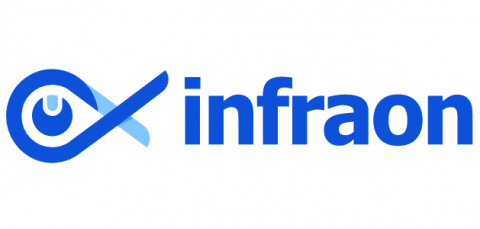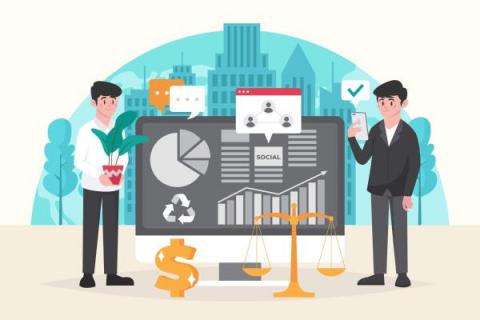Operations | Monitoring | ITSM | DevOps | Cloud
ITSM
The latest News and Information on IT Service Management, Service Desk and related technologies.
How to optimize cloud operations in Microsoft Azure
ServiceNow has embraced a three-zero strategy for its digital technology operations: zero unplanned outages, zero physical footprints, and zero user-reported incidents. We adopted a cloud-first policy as part of our zero-physical-footprint strategy. This approach delivers the operational agility we need as a growing company—we can add capacity on demand. With a data-center approach, that would take weeks or months.
Why is IT asset management so important?
Whether you are a small or a big company, IT asset management is essential in order to keep track of your IT assets. It is considered as a baseline requirement for every business in order to prevent IT problems that may lead to serious security issues. So what is exactly IT asset management? Why is it important? And how can you do it?
How to Set Up a Purchase Order System Quickly
Creating a system for purchase orders is a critical first step in effective procurement management. It assists organizations in maintaining track of orders, inventories, and payments. A business may have a number of problems without a well-organized purchase order system, including lost payments, overstocking, and late deliveries. We'll go over the purchase order system's definition, operation, significance, and how you can quickly set it up in this blog. So, let us begin!
The Importance of Data Management in Enterprise Asset Management
Today's quickly evolving corporate environment has made controlling enterprise assets more important than ever. To ensure their long-term sustainability and profitability, businesses need to be able to manage and maintain their assets efficiently. Enterprise Asset Management (EAM) is useful in this situation. A strategic approach to managing and sustaining an organization's assets, such as its infrastructure, machinery, and equipment, is known as enterprise asset management (EAM).











